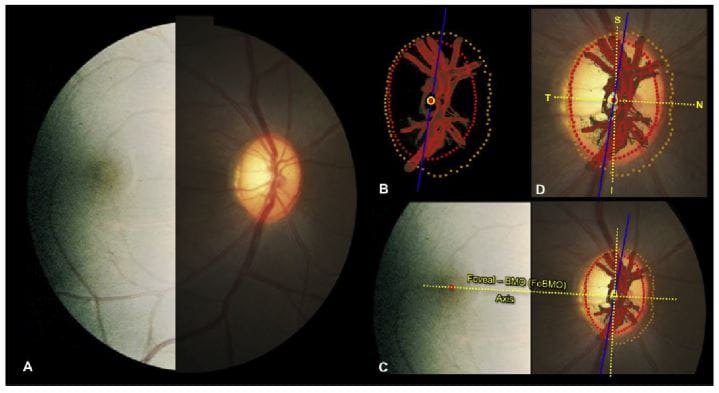OPTIC NERVE HEAD RESEARCH LABORATORY
Translating optic nerve head basic science into clinical tools to help predict and prevent vision loss.

History:
The Optic Nerve Head Research Laboratory was established in 1993 at the Louisiana State University (LSU) Eye Center in New Orleans, LA. The Laboratory was recruited to the Devers Eye Institute in May of 2005 and emergently moved to Portland, OR, in November of 2005, when a move planned for April of 2006 occurred prematurely due to the devastation inflicted by Hurricane Katrina.
Research Focus:
Under the direction of Claude Burgoyne, MD, the Devers Eye Institute Optic Nerve Head Research Laboratory (ONHRL) is funded by the National Institutes of Health along with private and corporate funding agencies to study the neural and connective tissues of the optic nerve head in aging and glaucoma.
To do so, the laboratory utilizes state of the art in-vivo and in-vitro three-dimensional (3D) imaging techniques to build high-resolution digital reconstructions of the optic nerve head tissues of normal and glaucomatous eyes. The laboratory is particularly interested in early glaucomatous damage and in the alterations in susceptibility which may be associated with optic nerve head aging.
Ongoing collaborations with biomedical engineers, clinical ocular imaging researchers, cell and molecular biologists and protein biochemists are adding to the laboratory's ability to describe the basic mechanisms by which the neural and connective tissues of the optic nerve head are damaged in glaucoma.
Its incorporation of optical coherence tomography (OCT) into both basic and clinical research is contributing to a paradigm change in the way that glaucoma patients are imaged to detect and follow their disease.
Funding:
Major funding for research projects in the ONHRL comes from the National Eye Institute of the National Institutes of Health; additional support is provided by Legacy Good Samaritan Foundation, Heidelberg Engineering, Sears Medical Trust and Alcon Research Institute Award Funds. Past funding has been received from the American Glaucoma Society, The Whitaker Foundation, and the American Health Assistance Foundation (now known as the BrightFocus Foundation).


